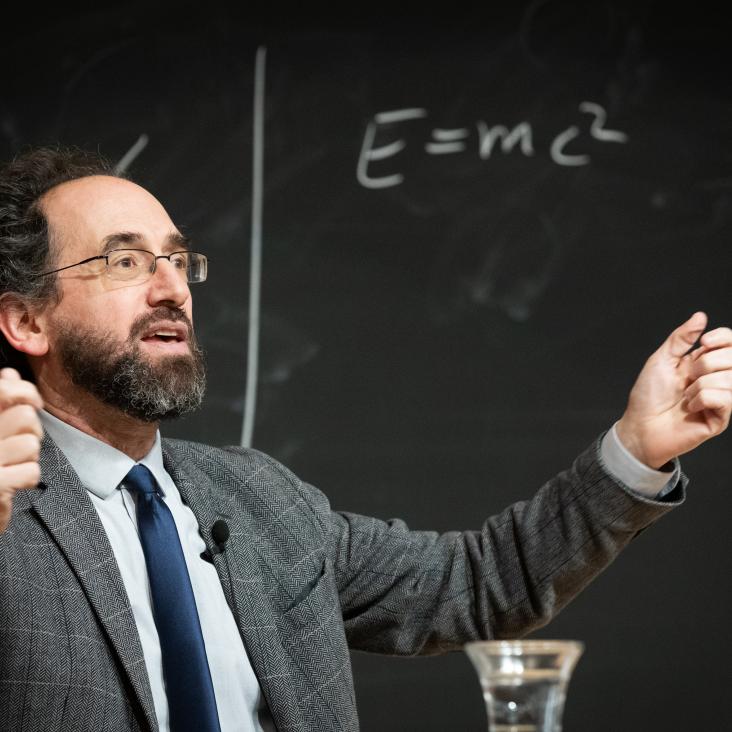A random matrix-theoretic approach to handling singular covariance estimates
IEEE Transactions on Information Theory 57:9 (2011) 6256-6271
Abstract:
In many practical situations we would like to estimate the covariance matrix of a set of variables from an insufficient amount of data. More specifically, if we have a set of N independent, identically distributed measurements of an M dimensional random vector the maximum likelihood estimate is the sample covariance matrix. Here we consider the case where N < M such that this estimate is singular (noninvertible) and therefore fundamentally bad. We present a radically new approach to deal with this situation based on the idea of dimensionality reduction through an ensemble of isotropically random unitary matrices. We obtain two estimates cov and invcov which are estimates for the covariance matrix and the inverse covariance matrix respectively. Both estimates retain the original eigenvectors while altering the eigenvalues. We have a closed form analytical expression for cov and invcov in terms of the eigenvector/eigenvalue decomposition of the sample covariance. We motivate the use of invcov through applications to linear estimation, supervised learning, and high-resolution spectral estimation. We also compare the performance of these estimators with other more conventional methods. © 2011 IEEE.Aharonov-Bohm-like oscillations in Fabry-Perot interferometers
New Journal of Physics 13 (2011)
Abstract:
An experimental study of a Fabry-Perot interferometer in the quantum Hall regime reveals Aharonov-Bohm-like (ABL) oscillations. Unlike the Aharonov-Bohm effect, which has a period of one flux quantum, Φ0, ABL oscillations possess a flux period of Φ0/f, where/is the integral value of fully filled Landau levels in the constrictions. The detection of ABL oscillations is limited to the low magnetic field side of the vc = 1, 2, 4, 6,..., integer quantum Hall plateaus. These oscillations can be understood within the Coulombdominated model of quantum Hall interferometers as forward tunneling and backscattering, respectively, through the center of the interferometer from the bulk and the edge states. © IOP Publishing Ltd and Deutsche Physikalische Gesellschaft.Condensation of achiral simple currents in topological lattice models: a Hamiltonian study of topological symmetry breaking
(2011)
Breaking of particle-hole symmetry by landau level mixing in the ν=5/2 quantized hall state
Physical Review Letters 106:11 (2011)


